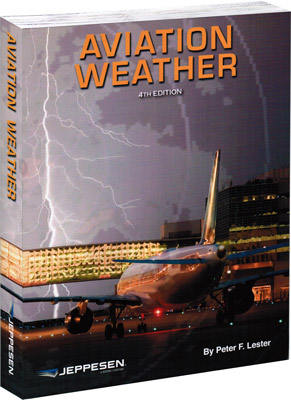The sun is a potent energy source so the question is a little pointless, we are talking about passive cooling. I've read the links supplied and am still not convinced. The articles talk about general radiational cooling which refers to conditions that happen on a cloudless, windless night with out that big potent heat source, the sun, in the sky. They correctly talk about radiational cooling, and one, I believe it was written by a business major selling deicing services, talks, correctly, about low mass items cooling faster than higher mass items. He then calls a wing a "low mass" item, which I disagree with. A wing, with it's structure and 30, 40 or 50 gallons of fuel in it has a pretty significant mass to it, especially compared to a blade of grass, or a leaf, which truly have low mass. But here is the issue, low mass items will be very responsive to temp differences. In other words, if a low mass item is radiating heat to the air around it, it will continue until the low mass items trends colder than the air around it, at this point the low mass will conduct heat from the air to reach equilibrium with the air. As the air cools, the low mass item will cool, but that goes against the theory that ambient air is warmer than the mass when frost forms. The other issues I have with the theory that "frost can form when the ambient air is a couple degrees above freezing" is when you consider the latent heat of the water forming the frost. The energy exchange required to form ice is pretty substantial.
That's where I stand on this, but I'm still open to having my mind changed. And Kenny, this last comment is not directed at you, but if someone wants to respond by telling me I need to have faith in and understand science about something that is well understood, I will ignore your comment. If it is well understood then you should be able to easily explain it in format that will convince me, or we can have a meaningful discussion as to why I disagree. Just posting a link and telling me to read it is...…… never mind.

